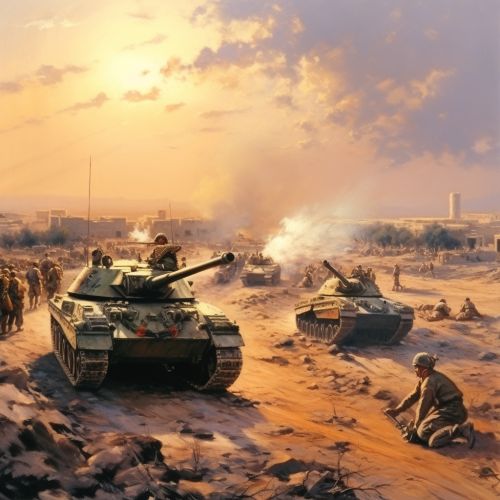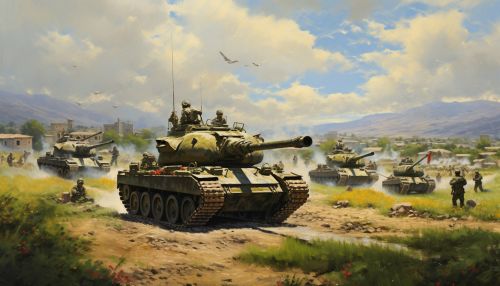Iran-Iraq War
Background
The Iran-Iraq War was a protracted armed conflict that began on 22 September 1980 when Iraq, led by President Saddam Hussein, invaded neighbouring Iran. The war lasted almost eight years, ending in a stalemate on 20 August 1988 when Iran accepted a UN-brokered ceasefire.


Causes of the War
The causes of the Iran-Iraq War are complex and multifaceted, but can be traced back to a number of key issues. These include territorial disputes, particularly over the Shatt al-Arab waterway, as well as ideological differences between the secular Ba'ath Party of Iraq and the Islamic Republic of Iran, led by Ayatollah Ruhollah Khomeini.
Course of the War
The war began with an Iraqi land and air invasion of western Iran. Despite having a larger and better-equipped military, Iraq was unable to achieve a quick victory. Instead, the war quickly devolved into a stalemate with both sides conducting large-scale trench warfare.
Key Battles and Operations
Several key battles and operations defined the course of the Iran-Iraq War. These include the Battle of Khorramshahr, Operation Nasr, and Operation Karbala-5, among others.
Impact and Consequences
The Iran-Iraq War had a profound impact on both countries, resulting in significant human and economic costs. It also had wider implications for the Middle East region and international relations.
